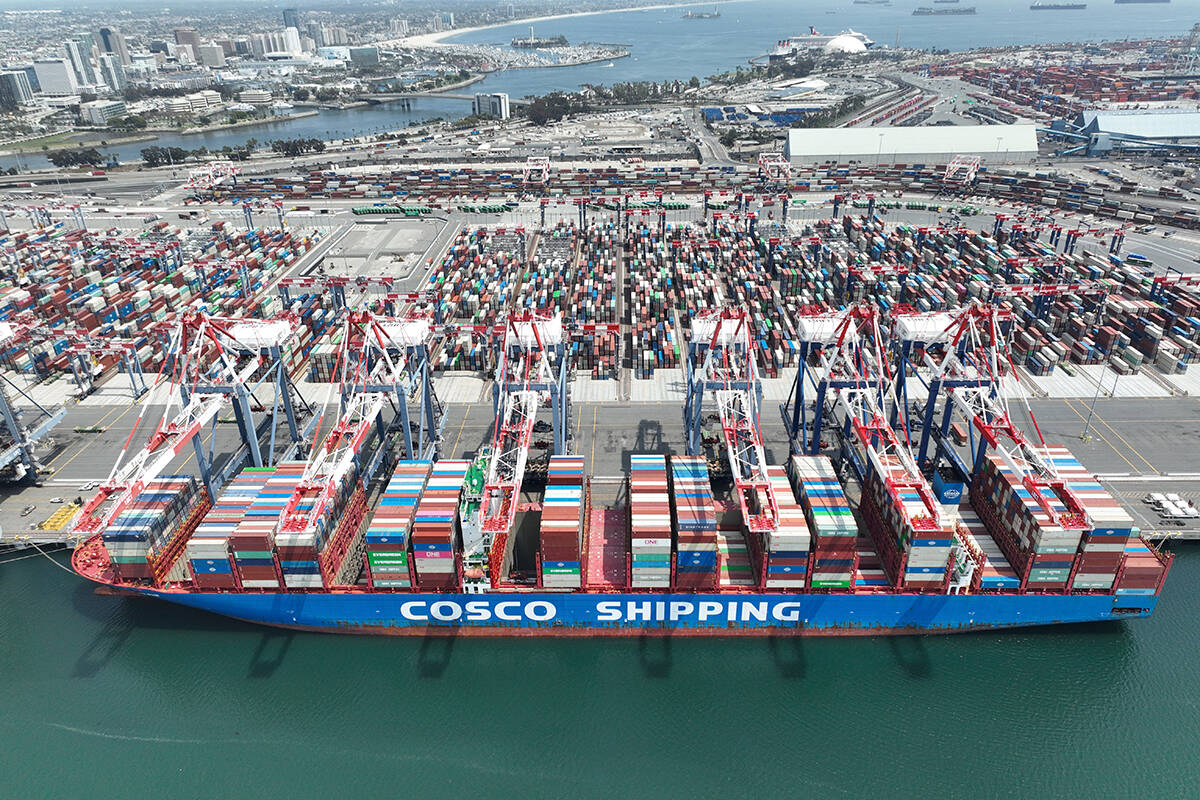Unreliable rail service is undermining North America’s just-in-time grain handling system, analysts said last week at Cereals North America.
It’s already hurting farmers because grain marketers are not aggressively selling prairie crops.
“They are starting to pare back,” said Mark Hemmes, president of Quorum Corp., the federally appointed grain logistics monitor.
“That’s not good for us in the long term.”
Hemmes said large demurrage charges in 2013-14 stung grain companies and other marketers, with dozens of ships waiting weeks to load crops off the West Coast.
Read Also

U.S. softens fees on Chinese shipping
The U.S. starts charging new fees on Chinese ships on Oct. 14. What are the ramifications for their ag exports?
Western Canada produced a smaller crop this year, but the rail system needs to move almost as much grain because of the big carryover, which creates the potential for more late loading and port congestion, he said.
As a result, grain exporters and marketers are cautious about making forward commitments that could lead to future demurrage charges.
Frustration with snarled rail systems is becoming a big issue in the United States even as it subsides in Canada. Enormous corn and soybean crops this fall are flooding into the American grain and rail system and colliding with oil shipments from North Dakota’s Bakken field.
“We’ve got record large crops we need to move competing with fracking oil, and that has not been fun for the U.S. farmer,” said Dan Basse, president of the U.S. analytical firm AgResource.
“We thought our logistical system was best in the world. Not so.”
Hemmes said he has heard concerns from grain companies that railways intend to base their locomotive and other capacity decisions on historical averages, but that leaves the system vulnerable to another failure if there is another record crop.
Manitoba agriculture minister Ron Kostyshyn touched on the same theme at the beginning of the conference.
“In the long run, we’re expecting larger crops as public and private sectors continue to invest in crop research, and we need to see parallel investments in rail capacities,” said Kostyshyn. “We need to use the amount we harvested in (2013) as a template of the reality of grain movement in the next number of years.”

















